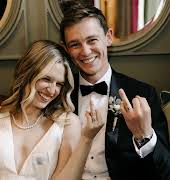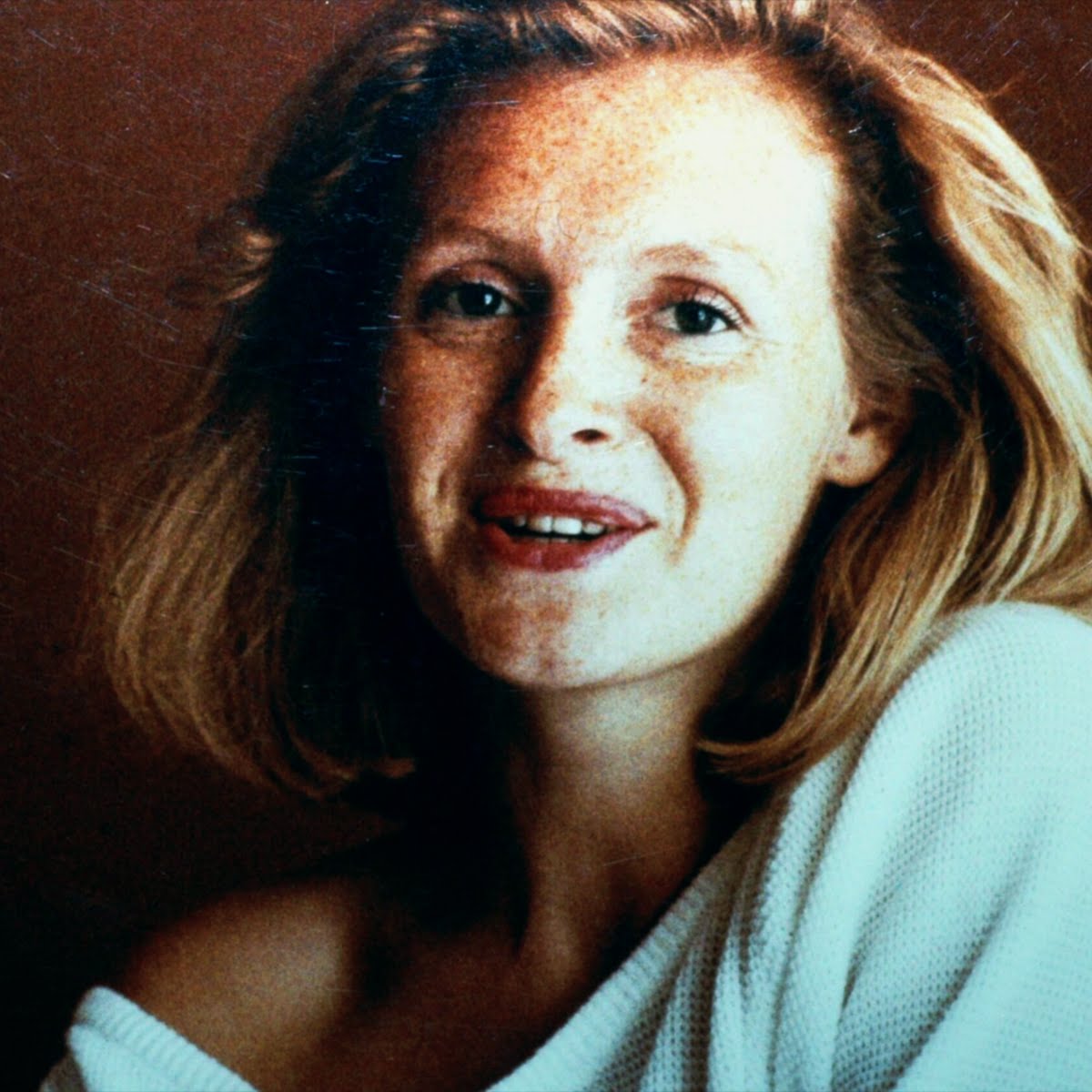
Sophie Toscan du Plantier: 10 questions we’re still asking about the case
Speaking about the infamous case at the launch of Senan Molony’s book, Sophie, The Final Verdict, Tánaiste Micheál Martin said that the Irish justice system had failed Sophie Toscan du Plantier.
For almost 28 years, the brutal murder of Sophie Toscan du Plantier has remained a mystery. The 39-year-old French film producer was found dead on the driveway of her holiday home in rural Ireland on December 23, 1996. A mother, sister, wife, and all she had yet to become, cruelly taken away.
Beautiful and enigmatic, talented and prone to bouts of melancholy – in her life and work she sought out the stranger things in life. Before her death, she was planning a project on bodily fluids: breast milk, semen, blood, and her friends have recounted how she told them she saw The White Lady (an Irish urban legend) just before she was killed.
Earlier this year, Ian Bailey, the chief suspect in the case, died from a suspected cardiac arrest after he collapsed on the street in West Cork. In 2019, Bailey was tried in absentia in France, where he was convicted of du Plantier’s murder. He was sentenced to 25 years in prison. However, because he resided in Ireland and the Irish courts refused to extradite him, he lived the remainder of his life as a free man.
Speaking at the recent launch of Senan Molony’s book, Sophie, The Final Verdict, The Independent reports that Tánaiste Micheál Martin described the murder of Ms Toscan du Plantier as “deeply shocking”. “The savage attack which took her life remains seared into our consciousness and a failure to deliver justice, uphold her murderer to account, is and should always be a deep shame for us”.
According to Martin, the Irish system “proved incapable of meeting its responsibilities” to Sophie and her family. “It remains a reason to question whether justice is always served by the principles and procedures by which we judge these cases,” he continued. “The simple fact is, we failed in our duty to find and convict a bloody murderer, and our system blocked alternative routes when others were not willing to accept our failures.”
Martin said that he believed there to be “overwhelming” cumulative evidence against Bailey. He condemned Mr Bailey as a “violent man who had beaten his partner so badly she had to attend hospital”, later labelling him an “impulsive narcissist and misogynist”.
“When you look at the details of this case and the scale of the evidence, it is very, very hard to understand why this evidence was not put before a jury. We need to learn from our failure to deliver justice for Sophie Toscan du Plantier. We need to make sure that the scales of justice include a balance for victims and society in general.” Following Mr Martin’s speech, Sophie’s uncle – Jean-Pierre Gazeau – called for a public inquest to be launched into her death. A garda cold-case review is currently underway into the murder.
In 2021, both Sky and Netflix released documentaries about Sophie’s life and tragic death. But with the case still unsolved, viewers and indeed Sophie’s family, have been left with many questions.
The two documentaries on her life – one by Jim Sheridan, the other by Netflix – attempted to work out what exactly happened, or what they believe happened. Of the two, the Netflix documentary gives us a genuine feeling for the woman Sophie was.
Yet, though we know so much about her, so little is known about her death. The why and who is what her family still searches for so that Sophie gets the justice she deserves. Each documentary tries, but fails, to cover all facets of the case fully.
Here is what we feel they should have addressed in more detail.
What about the red flags in Ian Bailey’s version of events?
In the days following the murder, Bailey, the chief suspect who always denied killing Sophie, was noted to have multiple scratches to his forearms as well as an injury to his forehead. He attributed these to cutting down a Christmas tree on the morning of the 22nd and getting scratched by a turkey as he attempted to kill it. As per the Netflix documentary, investigators could not reproduce those injuries while cutting down trees. Witnesses who were with him on the evening of the 22nd, before the murder, also said they could not recall any injuries.
Or his whereabouts the night of the murder?
Bailey and his then-partner, Jules Thomas, gave conflicting accounts of his whereabouts on the night of the murder. In their initial statements to Gardaí, they both said Bailey had been in bed all night long. Thomas subsequently retracted that account and said Bailey had gotten out of bed about an hour after they had gone to bed at 10pm, and returned at 9am with a new injury to his forehead. Bailey changed his story to say that he got up at 4am, before returning to bed half an hour later.
Or his “admittance” of involvement?
14-year-old Malachi Reed said that two months after the killing, Bailey told him that he “smashed her brains in with a rock”, though Bailey disputes this. In 1998, while drinking at home with another couple after a night out, Bailey began talking to Richie Shelley about the killing and said, “I did it, I did it – I went too far”, though, again, Bailey disputes this version of events, saying he was merely joking. Police also noted that he had a history of violence with his ex-partner Jules assaulted twice, according to Netflix.
Why did he burn things in his garden?
A bonfire was also reported near Bailey’s home at the time (a few days after Sophie’s killing), with neighbours admitting to seeing it. Forensic officers later found traces of clothing, shoes, and a mattress burned in the fire. A neighbour also said he had heard Bailey’s voice calling his dog, so was in no doubt as to who was tending the fire.
Bailey consistently denied that he burnt clothes or anything else in the days immediately following the murder, however, saying neither he nor Jules ever burned a fire at home.
If not him, then who?
While there were multiple witnesses willing to vouch for Ian Bailey’s odd behaviour before and after the crime and his confessing to the murder on multiple occasions, there was no physical evidence tying him to the crime scene. There was also only one witness, Marie Farrell, capable of placing him near the scene of the crime on the night in question. Ironically, Farrell went on to testify on Bailey’s behalf when he filed a wrongful arrest suit against the Gardaí and the Attorney General of Ireland in 2015, claiming that she had been pressured by the Gardaí to place Bailey at the crime scene. In 2021, The Daily Mail reported that Farrell claimed the man she saw at the crime scene was actually an unidentified Parisian man, who was an associate of Sophie’s husband.
What about the Gardai investigation?
A Garda Ombudsman investigation in August 2018 found that the original Garda probe had been botched, with several items – including a blood-spattered gate, a bottle of wine found in a nearby field, and Bailey’s black overcoat – going missing. It also expressed serious concern at the “potentially very significant” number of pages taken from Garda notebooks on the investigation while in the custody of Gardaí. Errors were made, to be sure.
Who was Sophie’s husband?
At the time of her death, Daniel, a prominent French film producer shared, “I have absolutely no idea as to the perpetrator of the crime and do not see any possible motive for such an act, other than it being an act of violence.” Both documentaries note his absence in the time after Sophie was killed – indeed her family thought it odd he didn’t fly to Ireland – but there has never been any evidence linking him to Sophie’s death, despite Bailey previously saying he believed it was Daniel who had orchestrated her killing.
Or any superstitious theories?
Toscan du Plantier visited the mythical Three Castle Head shortly before her death. According to local legend, those who see the White Lady are marked for imminent death. Reportedly, Sophie saw her on December 22, the day before her murder, and mentioned her strange experience to a couple not familiar with the legend.
“She saw something terrible, and it scared her,” Sophie’s aunt, Marie-Madeleine Opalka, says in the Netflix documentary. “She arrived at the Ungerer’s house really scared, saying, ‘Oh my God, I saw a woman, like a white shape.’”
“Three Castle Head is meant to be haunted by a melancholy female ghost, the White Lady,” Elizabeth Wassell added
Sophie’s cousin, Frederic Gazeau, described being told about her legend. “When you see her, it means you are going to die in the hours that follow,” he said.
“She didn’t go to an Irish person’s house,” Sophie’s aunt added. “An Irish person would never have let her leave.”
Anything else?
There had been no indication of forced entry at du Plantier’s home, indicating she willingly opened her door. Police also noted two wine glasses in her home, despite only Sophie living there.
What’s happened since the documentaries aired?
In November 2022, Jules Thomas lodged papers in the High Court office, signalling her intent to sue Netflix, production company Lightbox Media, and writer and director John Dower for unauthorised filming at her home and stills of her used illegally without her permission. She also accused documentary makers of portraying her as an accomplice in the unsolved murder.
Together for 30 years, Thomas stood by Bailey through years of suspicion, accusations, court cases and stress. The two separated in March 2021, though it took several months for Bailey to leave her home. Hearing of his death this January, she commented, “I feel nothing; I’ve had no emotional connection with him for quite a long time.” She still believes he is innocent however, adding, “Some people get convinced of all sorts of rubbish and I’m not really interested in anything that doesn’t affect me.
“It isn’t about believing he did it or not; I know he was innocent. I knew he couldn’t have done it. The endless attention and speculation is bound to have had an influence on his declining health, but that’s all I can say.”
At the time, one blood sample from the crime scene revealed DNA that didn’t belong to du Plantier. Later re-testing of the crime scene by French forensic teams discovered that DNA was found near Sophie’s bootlaces. Director Jim Sheridan also gave new evidence to Gardaí.
In June 2022, Gardaí announced that a full cold case review into the murder of du Plantier had commenced, with the purpose of finding new routes of investigation. In December that same year, they issued a fresh appeal for information in the case, claiming that new witnesses had been identified. “I don’t agree that it is time to set this case aside, it’s time to solve it,” Superintendent Joe Moore of Bantry Garda Station said at the time.
This is an updated version of an article originally published in 2021. Imagery courtesy of Netflix.























